
Yearn Finance is a decentralized finance (DeFi) network that offers a suite of different products for insurance, lending aggregation, and yield generation. If you’ve kept an eye on Yearn Finance in the past few weeks, you’ll know that they are in the midst of a merger mania with other DeFi protocols. Yearn Finance’s most notable offering is Yearn Vaults, a yield generation product. Yearn Vaults are robots that automatically move users’ funds around to find the best yield farming opportunities in the DeFi marketplace. Each vault has a strategy and a controller responsible for executing it as planned.
We won’t dig into Yearn Vaults here, or once-again cover Yearn’s founder/developer Andre Cronje in-depth in this article, as we’ve already discussed these topics before. But, if you need more info on Yearn Finance before digging into their mergers, start with the links in this paragraph. Consequently, if you feel you need some background on the different initiatives and terms mentioned in this article, check out Ivan on Tech Academy. The Academy has countless cryptocurrency courses, and over 30,000 students have already enrolled. Start your own blockchain journey with Ivan on Tech Academy, regardless of previous experience – and get 20% off with the special promo code BLOG20!
Yearn Finance
Yearn Finance is already a powerhouse, with its YFI token sitting at the top of the crypto charts with a whopping price tag of $28,381 at the time of this writing. But Yearn has further strengthened its position recently and is well on its way to becoming a DeFi conglomerate.
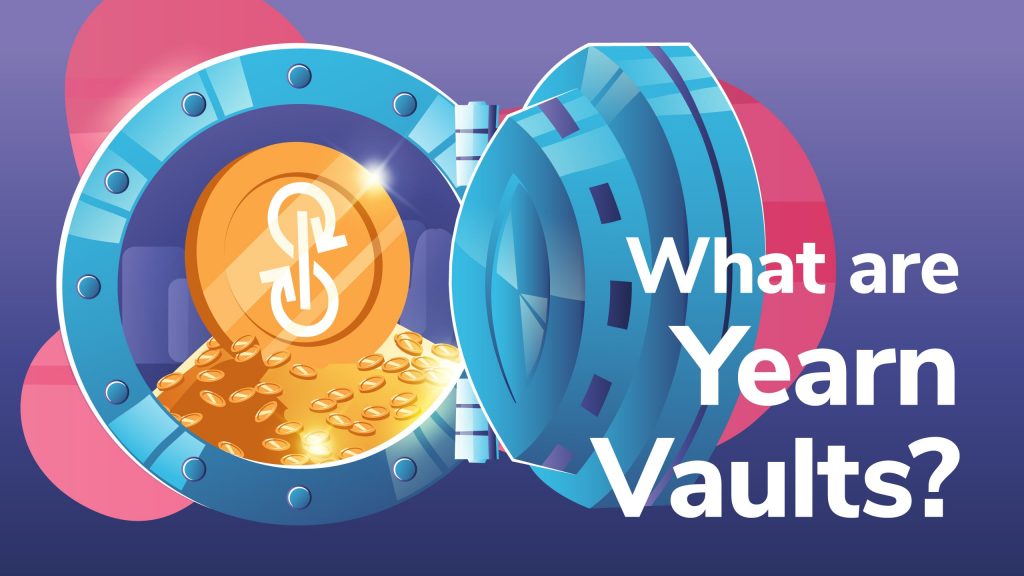
Since November of this year, Yearn has merged with SushiSwap, Pickle Finance, Cream, Cover Protocol, Akropolis, and Bounce. Each of these partnerships will include new products and integrations, and we’ll be exploring them to see how Yearn looks to be accumulating power to solidify its position as the DeFi powerhouse of the future.
SushiSwap
We’ll start this list of merger sprees off with Yearn’s largest one yet, SushiSwap. If you haven’t heard, SushiSwap is a fork of Uniswap that functions as an automated market maker (AMM) protocol.
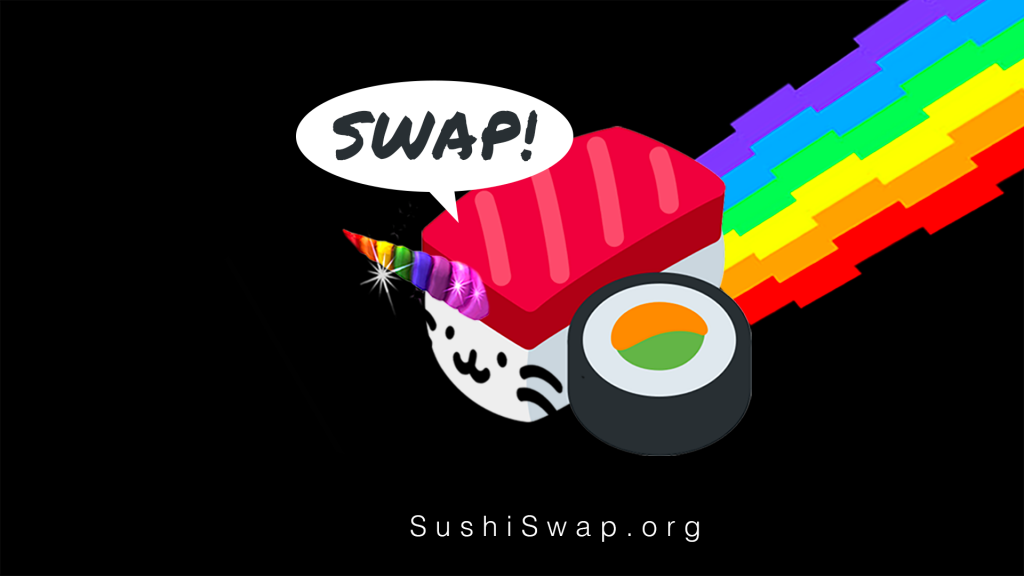
Despite the founder’s earlier sell-off of $14 million that was quickly followed by accusations of an exit scam and a massive price drop, Yearn still moved ahead, announcing its planned merger with SushiSwap on December 1st.
Not to mention the fact that SushiSwap recently suffered a hack as well. Okay, so the damage was only about $15k, but none of that mattered to Yearn. They were content to move forward with a partnership that will enable them to onboard AMM offerings for their money markets strategies and help grow their AMM ecosystem in general.
After SUSHI token’s sell-off, founder ‘Chef Nomi’ has stressed that he’s more concerned with stable technical builds than he is with SUSHI’s price. And this merger appears to be an example of him making good on his word.
Yearn governance won’t be making all the decisions on this partnership, however. Yearn will only put some of the specific core items up for a vote. And for now, Yearn won’t engulf SushiSwap governance nor its token; they will remain separate.
What Yearn will do is help create a Sushi vault to farm ETH, SUSHI, WBTC, and YFI. Also, SushiSwap will be their “go-to” AMM for their myriad of yield farming strategies, eliminating the need for active management.
Deriswap
Cronje recently admitted that he has “become increasingly obsessed with capital efficiency.” So, it comes as no surprise that SushiSwap will help Yearn launch Deriswap – a protocol that can combine options, swaps, loans, and futures in a single contract. It also puts a premium on – you guessed it – capital efficiency.
Pickle Finance
Pickle Finance allows its depositors to earn compounding yields. But with both developer teams busily working on yield strategies, there is already a strong alignment of purpose between Yearn and Pickle Finance. So, for their teams to consolidate their talents and reduce the time creating similar strategies makes a lot of sense.

With Yearn and Pickle Finance merging to leverage their shared expertise, Pickle devs can focus on creating strategies and earn a 10% performance fee, while Yearn can offer their expertise in development and security.
Here are the main changes that will result from the merger:
- Vaults and Jars Will Merge
Yearn Vaults automatically move deposits to find the highest yield, and PickleJars are essentially yield farming robots. Therefore, by merging, they can reduce redundancy.
- Separate Branding
Their talent and vaults may be merging, but their brands will stay separate.
- Pickle Finance Initiates Reward Gauges
Users get PICKLE by staking Yearn Vault tokens in Pickle gauges. And by locking PICKLE, participants get voting power and a new token called DILL. Any gauge fees will go to DILL holders.
- Evil Jar Victims
CORNICHON, a new token that tracks losses from the recent Evil Jar, Pickle hack, will be distributed to the victims in proportion to their losses.
Pickle stated they could not compensate the victims, but Yearn stepped up to help distribute CORNICHON. Some have called this “DeFi’s first bailout”.
Cream Finance
Cream is a lending protocol. On November 26th, they announced that they’d be teaming up with Yearn developers to launch Cream v2, which will focus on core lending and leverage products. Yield farming and money markets naturally go hand in hand since money markets can offer the leverage needed to boost yield farming plays.

While the two platforms will be leveraging off each other, the teams will be working together towards capital efficiency once again. Here are the specific changes this merger will bring about:
- The joint TVL between the two will naturally increase.
- Funds in Yearn Vaults will serve as lending collateral for Cream v2.
- Yearn Vault strategies will get more leverage through Cream.
- The CREAM token governance will remain the same.
Cover Protocol
Providing insurance cover has been a top concern for Yearn since they launched yInsure. With all the hacks happening in DeFi recently, obtaining cover is more important than ever for users to mitigate their risk.
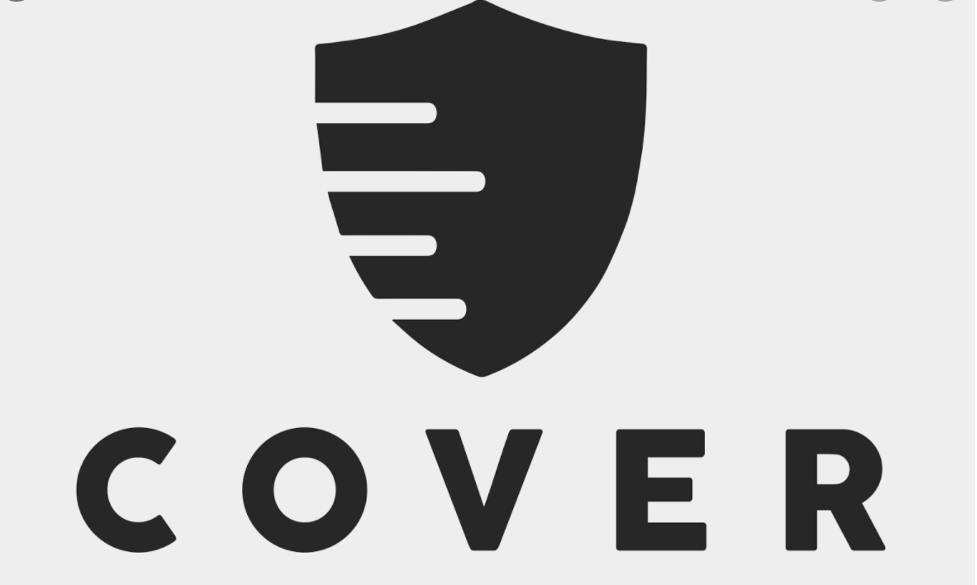
Yearn devs have been working with the Cover protocol from the beginning, so it’s only natural that they come together and a blog post on November 28th confirmed as much. With this merger, Yearn can focus on its Yearn Vaults, and Cover can provide decentralized insurance for the entire Yearn product suite to cover exploits and specific kinds of smart contract attacks.
Cover’s Changes
As the two join forces, the following changes will take effect:
- The CLAIM Governance Token
Cover will expand, and the CLAIM token will be a borrowable asset. Also, Cover will offer incentives for its liquidity pools with rewards.
- Perpetual Coverage
Cover will develop products like perpetual coverage that allows users to have continuous protection without expiration. This insurance model differs from the current one that offers a fixed expiration date and needs active management.
- Collateral Types
Besides offering a more comprehensive range of cover, they will also accept more types of collateral.
- Agnostic Coverage
Protocols can create their coverage, which gives DeFi communities a more significant stake in protecting their systems.
- Tokenomics
Cover tokenomics will remain unchanged.
- Vault Integration
Yearn, on the other hand, can cover their yVaults and give their users reduced-risk options.
- Increased Fees
Cover writers earn increased fees from YFI coverage.
- Better Focus
Yearn can better focus on their yVaults and lending.
This merger is a win-win for all parties involved: Yearn, Cover, yield farmers, and DeFi at large.
Akropolis
Akropolis is a decentralized savings and lending platform. On December 1st, a blog post announced that Akropolis would become the exclusive provider for Yearn Vault’s lending solutions.
The merger will introduce a new version of Akropolis with the shared desire to move more retail and institutional traders into DeFi. Yearn, and Akropolis also plan to create alternatives to savings and high-yield accounts.
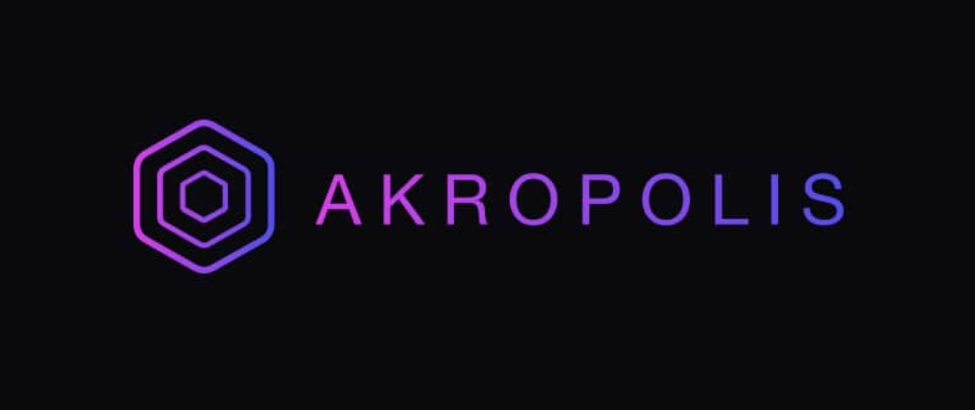
Yearn’s v2 vaults will merge with Akropolis vaults making it possible to earn PICKLE through the new Pickle gauge models. The merger will also launch a new app that combines the Yearn and Akropolis suites to integrate with Cream v2.
Akropolis’ Changes
Akropolis recently got hacked for $2 million, but that didn’t dampen Yearn’s enthusiasm to do some partnering. Here are the main changes:
- Open Source Code
AkropolisOS (the operating system) will go into the Open Source development section of Yearn.
- Greater Access
Akropolis will gain access to products from Pickle Finance and Cream.
- Trading Front End
Akropolis gets to be the front-end to service Yearn’s yield-generating products, and their trading interface will give traders access to their combined ecosystem.
- New Strategies for Yearn
Yearn can leverage Akropolis’s power to write new strategies, and their devs can profit off Yearn’s performance fees just like the Pickle Finance devs.
- Business Development
Yearn can benefit from Akropolis’s superior business development expertise and gain exposure to their blue-chip clients.
Bounce Finance
Yearn also recently announced that it had launched a non-fungible token (NFT) on Bounce Finance. The best way to describe Bounce is that it’s part prediction market, part auction house, and part lottery all rolled into one. NFTs are like cryptocurrency tokens, but each NFT token is unique.
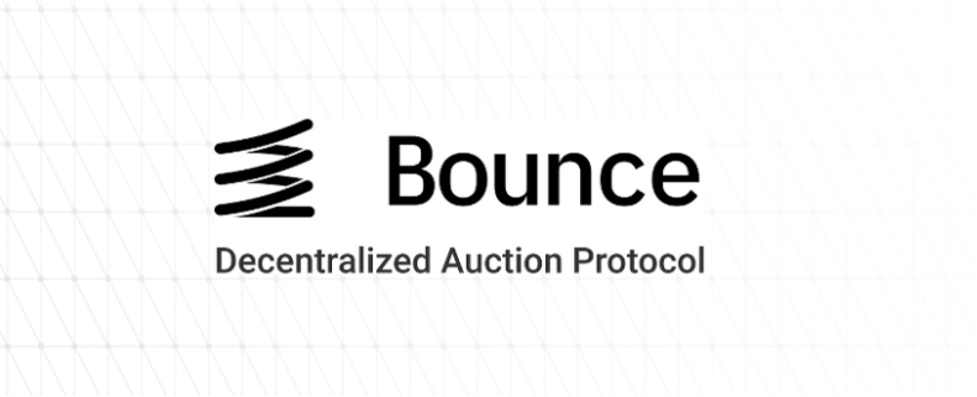
So, Bounce has opened a yGift store. yGift is an NFT platform for – you guessed it – gifts. And it is the creation of Andre Cronje, which means that users can now use the YFI token to buy and sell yGift NFTs.
NFTs have enormous potential for tokenizing everything from art to real estate and other tangible assets. If you want to learn more about NFTs, please read our previous article.
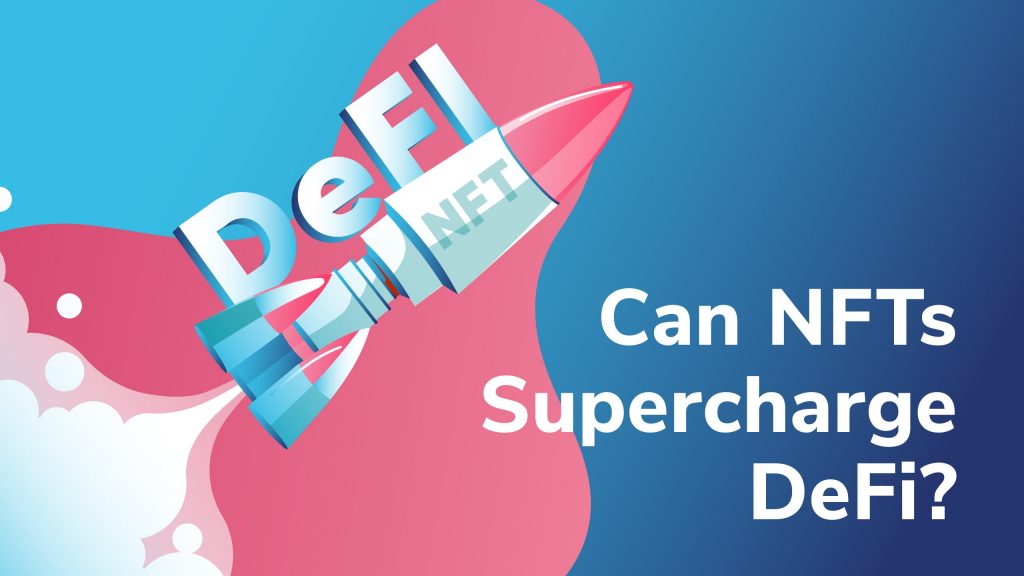
More on Yearn’s Merger Mania
We’ve used the word “mergers” a lot in this article, but the conditions vary by protocol. Indeed, most of these are not mergers in the traditional sense of the word. Andre Cronje has described how these joint ventures will operate in one of his blog posts, “I have to say, I’m no closer to having an answer on if these are mergers, acquisitions, partnerships, or collaborations, the simple answer is, a bit of each.”
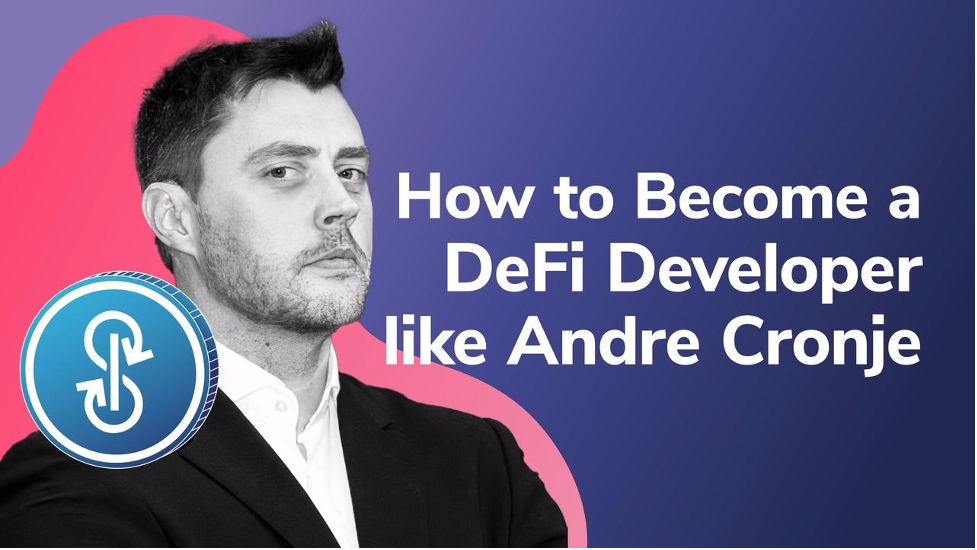
So, there you have it from the king of Yearn Finance, himself. Teams will merge, protocols will leverage off of each other, and each partnership will operate differently, but they will all contribute to Yearn’s evolution.
These projects can consolidate their developer resources, combine their TVL, and focus on what they do best. Smaller projects will reap the benefits of better access to community and liquidity while Yearn gets exclusive access to their tools and talent.
One thing is for sure. These deals stand in stark contrast to the traditional Mergers and Acquisitions rigamarole. These deals have gone forward with no money exchanges nor long and drawn-out legal processes, which is impressive in and of itself.
Token Price Reactions
Yearn Finance
With all these mergers, Yearn is continuing to innovate at a rapid pace. On-chain analysis factors show strong growth and buying activity. The total number of YFI token holders reached a new high in early December after a sharp hit back in October. Having dropped 80% in value in just two months, YFI’s price has rebounded and now sits at $28k. At the time of this writing, it’s DeFi’s blue-chip token and still way ahead of Bitcoin in terms of price.
SushiSwap
Sushi’s value may be climbing in the restaurant world, but in the world of DeFi, not so much. SUSHI’s token hasn’t recovered anywhere near its all-time high, and the merger has yet to have any significant effect on its price, which is still hovering around the $2 mark.
Pickle Finance
After getting hacked, the PICKLE token’s price fell off a cliff, dropping to around $9. Pretty grim compared to its all-time-high of $85. However, after the Yearn merger announcement, it has climbed back up to $16 at this writing time.
Cover Protocol
After Yearn’s announcement, COVER has done nothing but climb from its pre-merger price of $279. As of this writing, it’s perched at $1,045. Causality can be challenging to prove, but the merger certainly hasn’t hurt its token price.
Akropolis
The AKRO token price jumped 25% to 0.01 after the merger announcement and is still climbing steadily. As such, it clearly seems investors have reacted positively to the merger news.
Conclusion
The long term ramifications of this partnership are more far-reaching than mere short-term, token price reactions. This collaborative effort will go a long way to onboarding more retail and institutional investors into Yearn’s ecosystem, which is overall a good thing for DeFi.
In Andre Cronje’s words, “I don’t know what we should call this, but I am very excited about it.” Do you want to become a rockstar DeFi developer yourself? If so, get started on your world-class blockchain education today at Ivan on Tech Academy.
Author: MindFrac





